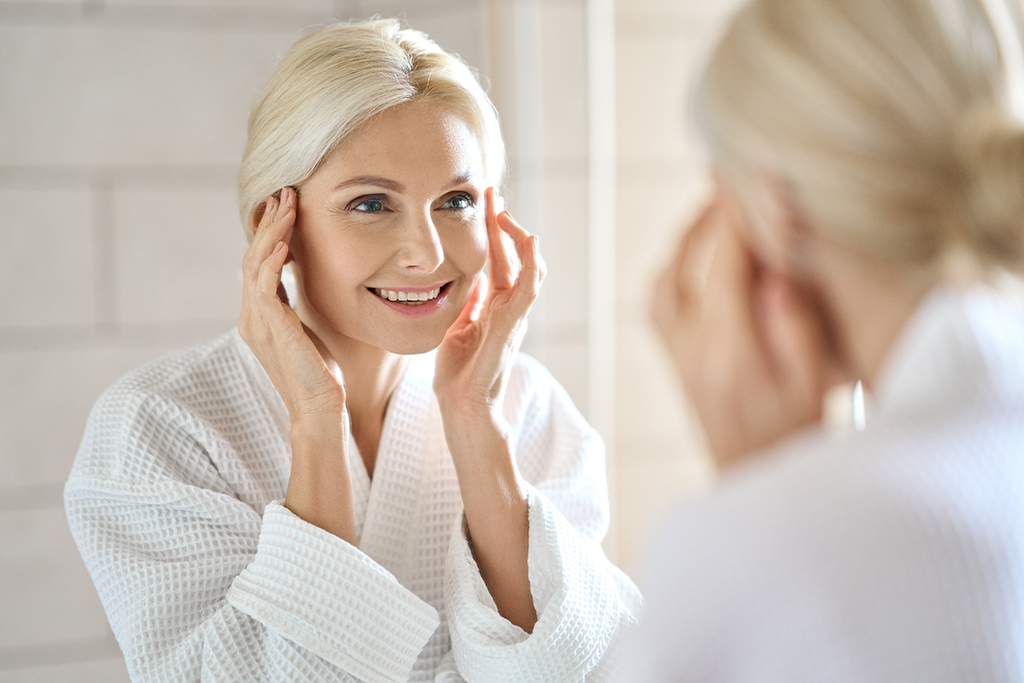Call Us: 647-372-2198
Choosing a Safe Sunscreen

May is melanoma and skin cancer awareness month, and as we approach Summer, our sun exposure will only increase with the hours of daylight. Although great for our mental health, mood, and vitamin D levels, the sun and its ultraviolet (UV) rays also pose a risk towards skin health and integrity, which can affect the development of skin cancer. One of our biggest protectors against overexposure to sunlight is sunscreen, however like other personal care products, not all sunscreens are made equal, and some contain ingredients that may be harmful to our health. Thankfully, the Environmental Working Group creates an annual guide on what to avoid or look for when purchasing sunscreen products, so that we can make more informed choices about what we apply on our skin.
Below are a few tips on how to choose a healthier sunscreen, according to EWG standards:
Ingredients to avoid:
- Oxybenzone – The most worrisome sunscreen active ingredient, according to publicly available scientific research. There is evidence showing that it can easily penetrate the skin and could potentially disrupt our hormone system, increasing the risk of breast cancer and endometriosis. Unfortunately, this ingredient is still found in approximately 30% of sunscreen products.
- Octinoxate – Animal studies have shown this chemical can act as a hormone disruptor and affects thyroid hormone production.
- Homosalate – This ingredient has been shown to penetrate the skin, disrupt hormones and produce toxic breakdown byproducts over time.
- Octisalate – Analysis by the Environmental Protection Agency suggests octisalate may have negative hormone effects and binds to estrogen receptors.
- Octocrylene – Studies have found octocrylene is often contaminated with the known carcinogen benzophenone and there’s some evidence that it has endocrine-disrupting potential.
- Avobenzone – This ingredient can disrupt the hormone system and in one study, avobenzone was detected in blood samples at levels nine times above the FDA’s cut-off for systemic exposure.
- Vitamin A (retinyl palmitate)
- Added insect repellent
- Benzene – This is commonly found in aerosol (spray) sunscreens and is considered a cancer-causing chemical.
Ingredients to look for:
- Zinc oxide or titanium dioxide – These two ingredients have been well-studied and are considered safe and effective for UV protection. However, inhalation of these ingredients is considered potentially harmful and therefore, powdered or spray formulations should be avoided.
- Mexoryl SX – So far, public research provides no evidence of hormone disruption and rare incidence of skin allergy with this ingredient. It also offers strong UVA protection.
In conclusion, it’s important to choose mineral sunscreen products that include zinc oxide and/or titanium dioxide and offer broad spectrum protection to protect your skin from the sun’s harmful UV rays, while also avoiding ingredients that can irritate the skin and get absorbed into the body, producing other harmful effects.
Other tips for minimizing sun and UV ray exposure:
- Reapply sunscreen every couple hours – This is especially important after sweating, swimming or drying yourself off with a towel.
- Wear protective clothes – Hats and longer sleeved shirts and pants shield your skin from the sun’s UV rays, reducing burn risk.
- Plan around the sun – Go outdoors in the early morning or late afternoon when the sun is lower in the sky and the UV rays are less potent.
- Find shade – Picnic under a tree or take a canopy to the beach.
- Wear sunglasses – Not just a fashion accessory, sunglasses protect your eyes from UV radiation.
- Check the UV index – This index provides important information to help you plan your outdoor activities in ways that prevent sun overexposure.
Author: Dr. Nadine Kexel, ND


